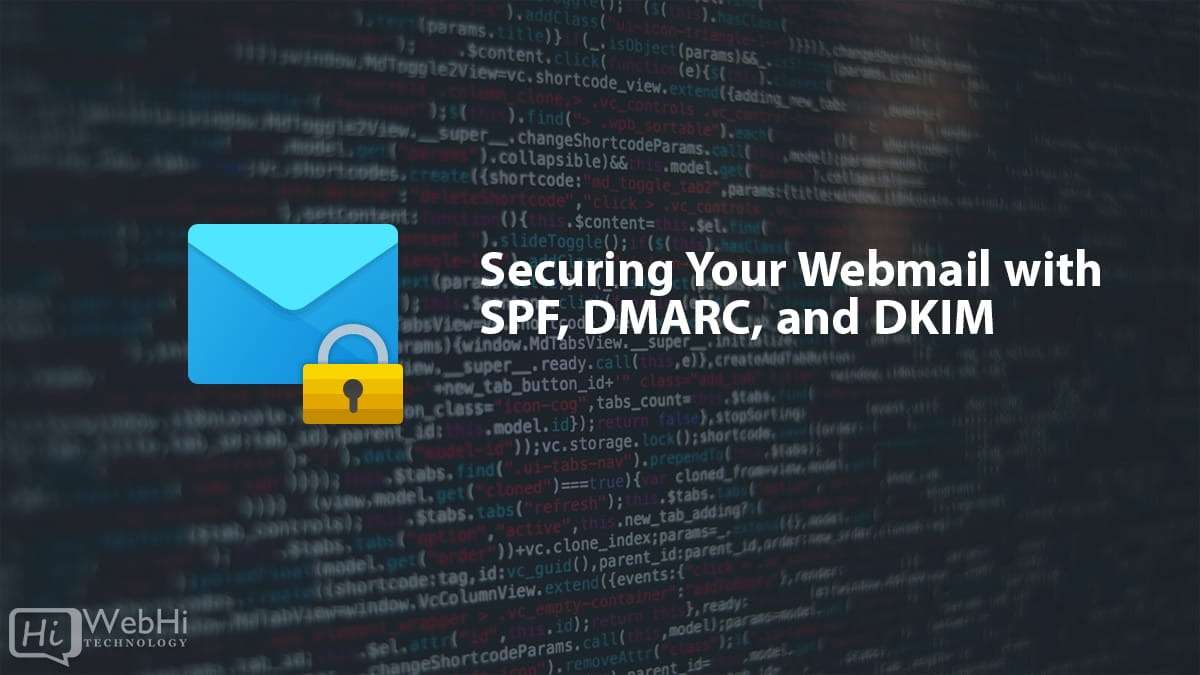Why Your Inbox is a Hacker’s Favorite Playground (And How to Fix It)
Let’s be real email security sounds about as exciting as watching paint dry. Until your CEO gets a fake invoice from “yourself” and wires $50k to a scammer. Suddenly, those boring acronyms (DMARC, SPF, DKIM) become your best friends.
I’ve helped companies recover from these disasters. The common thread? None had proper email authentication. The good news? Setting this up is easier than you think. Here’s exactly what works in 2025.
Part 1: SPF Your Domain’s Bouncer
Imagine your email domain is a nightclub. SPF (Sender Policy Framework) is the bouncer checking IDs at the door. No SPF? Anyone can waltz in pretending to be you.
How to Set It Up (Without Breaking Anything)
-
Take Inventory
-
List every service that sends email as you:
-
Your email provider (Google Workspace, Outlook, etc.)
-
Marketing tools (Mailchimp, HubSpot)
-
CRM systems (Salesforce, Zoho)
-
Even that old server Jim set up in 2018
-
-
-
Build Your SPF Record
A basic record looks like this:v=spf1 include:_spf.google.com include:servers.mcsv.net -all
-
include:adds authorized senders -
-allmeans “block everyone else”
-
-
Deploy Carefully
-
First, use
~all(soft fail) instead of-all(hard fail) for testing -
Check delivery for a week before going strict
-
Watch Out For: Exceeding the 10-DNS-lookup limit (common with too many include: statements).
Part 2: DKIM—Your Emails Get a Wax Seal
Ever seen those old letters with wax seals? DKIM (DomainKeys Identified Mail) is the digital version. It proves:
✅ The email genuinely came from you
✅ Nobody tampered with it en route
Setting It Up: Two Paths
For Your Own Servers:
-
Generate keys (OpenDKIM makes this easy)
-
Add a TXT record like:
default._domainkey.yourdomain.com. 3600 IN TXT "v=DKIM1; k=rsa; p=MIIBIjANBgkqh..."
For Services Like SendGrid/Mailchimp:
-
They’ll give you CNAME records to add to DNS
-
Usually takes 5 minutes in their dashboard
Pro Tip: Rotate keys yearly. Yes, it’s annoying, but less annoying than a breach.
Part 3: DMARC The Enforcer
Here’s where most people mess up. DMARC (Domain-based Message Authentication) does two critical things:
-
Tells inboxes what to do with fakes (quarantine/reject)
-
Sends you forensic reports (like a security camera for your email)
The Gradual Rollout That Works
Phase 1: Spy Mode (Weeks 1-4)
v=DMARC1; p=none; rua=mailto:dmarc@yourdomain.com
-
Collects data without blocking anything
-
Lets you catch legit senders you forgot (like that accounting software)
Phase 2: Soft Enforcement (Month 2)
v=DMARC1; p=quarantine; pct=50; rua=mailto:dmarc@yourdomain.com
-
Sends suspicious emails to spam
-
Only applies to 50% of traffic (safety net)
Phase 3: Lockdown (Month 3+)
v=DMARC1; p=reject; rua=mailto:dmarc@yourdomain.com
-
Full rejection of fakes
-
Bonus: Improves deliverability for legit emails
Real Talk: Why This Matters More Than Ever
Google and Yahoo now require DMARC for bulk senders. But even if you send 5 emails a day:
✔ Stops phishing attacks impersonating you
✔ Prevents your domain getting blacklisted
✔ Makes your real emails more likely to land in inboxes
Tools like MXToolbox and DMARC Analyzer automate the heavy lifting.
Your Action Plan
-
This Week: Set up SPF with
~all -
Next Week: Deploy DKIM for your main email
-
Next Month: Start DMARC in monitoring mode
Remember the hackers aren’t waiting. Your turn to act.
Discover more from CyberAwareHub
Subscribe to get the latest posts sent to your email.

